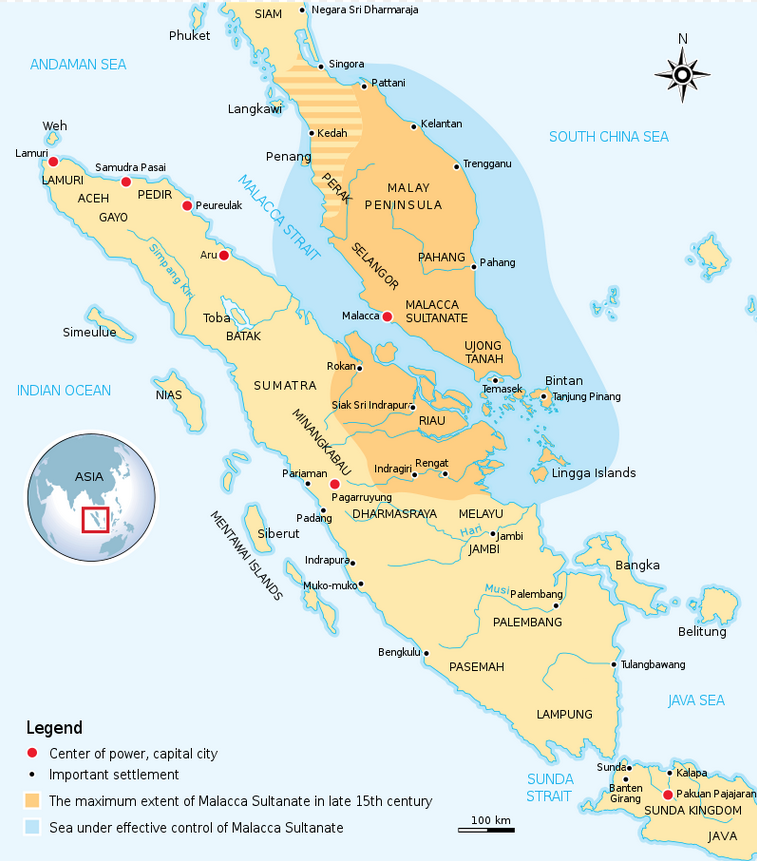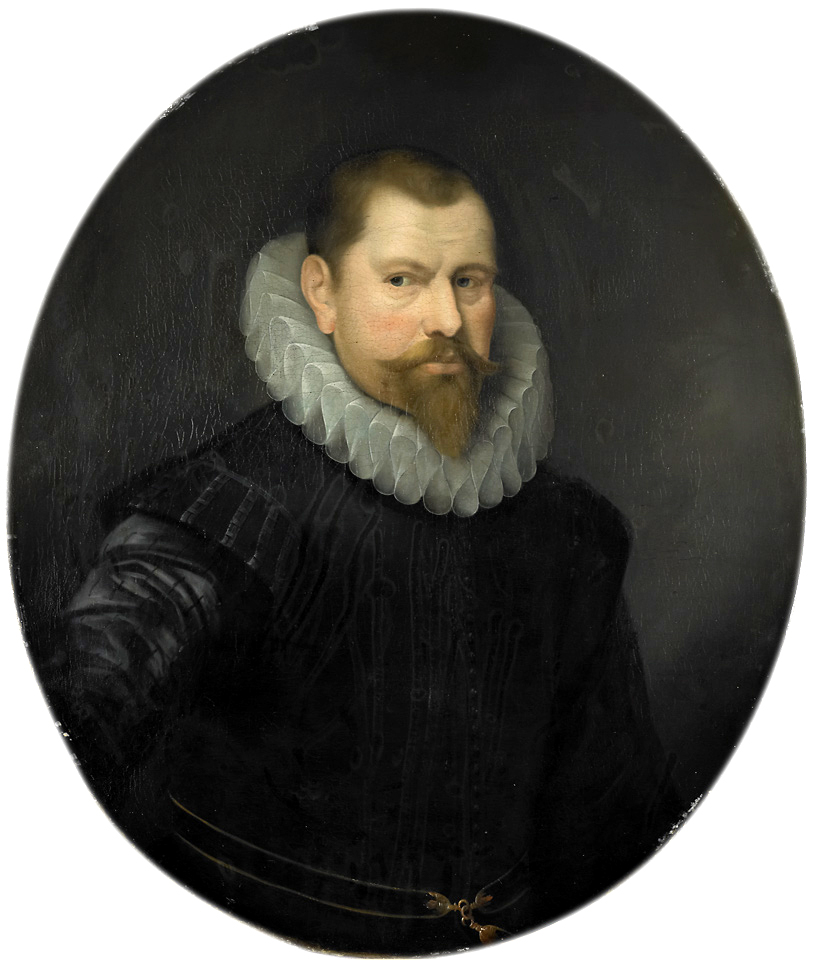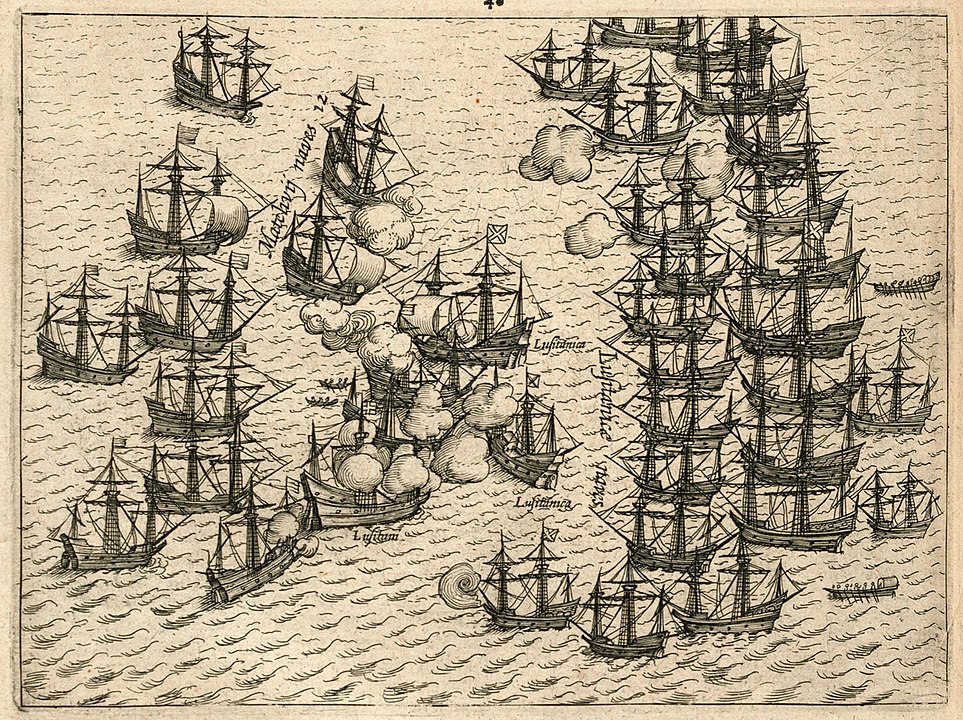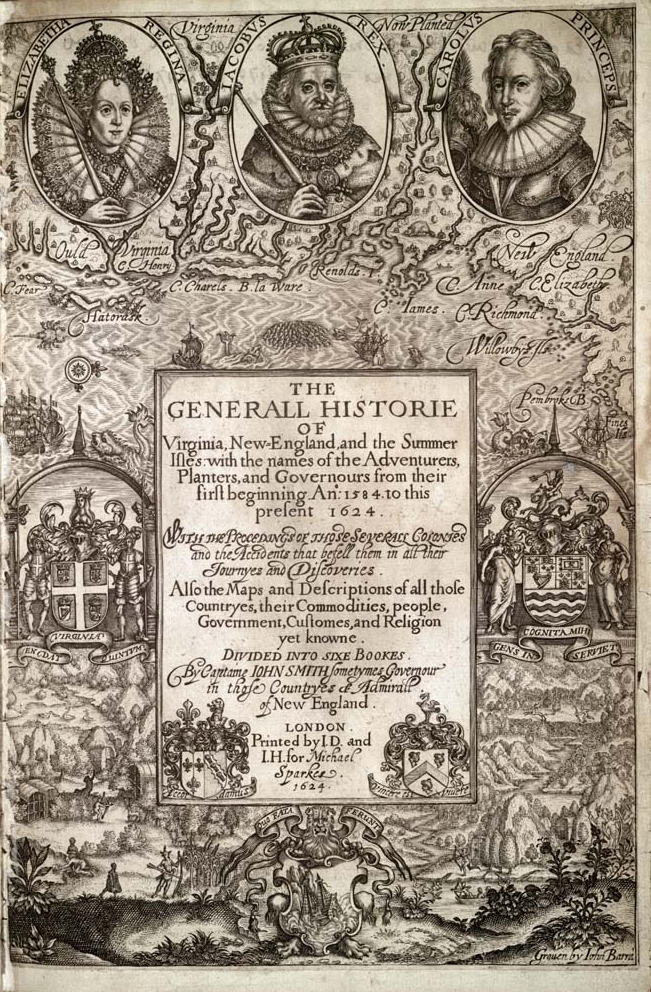In the year 1606 CE the global balance was starting, ever more evidently, to become a function of sea power and naval capability. It’s true, there were a couple of somewhat notable developments involving the large land powers of that era. In Russia, in May, the Tsar “False” Dimitri I, whom we met last last year, was ousted from his palace by a crowd of angry boyars who, having killed and cremated him, allegedly stuffed his ashes into a cannon and shot them off toward Poland. That, um, ended his eleven months of rule. He was replaced by Vasili IV.
In November, probably more momentously, the Ottomans and Habsburgs concluded a peace treaty at Zsitvatorok that halted the Ottomans’ lengthy crawl up the terrain of East/Central Europe. The Ottomans were still battling the Safavids, to the south and east and the Habsburgs would face internal challenges over the years that followed. But the peace held to the benefit of both parties for the next 50 years or so.
And meanwhile… out there on the oceans of the world! The Dutch were getting very scrappy against the Portuguese in the East Indies, and the merchants and nobles of England were making yet another plan to build colonies in North America. Dutch first:
Dutch (VOC) fleet gives wake-up call to Portuguese in Malaccca
This story-line already indicates just how capable the armed merchant fleets of both Portugal (now incorporated into Spain) and the Dutch joint-stock company the VOC were by now. These two fleets were able not just to reach halfway around the world but also to plan and execute there naval battles involving significant numbers of well-armed ships. Yes, for now, they were deploying these assets against each other; but certainly, all the indigenous and coastal states of the region saw what was happening and took due note. Here’s what happened in Malacca in 1606.
The VOC had been founded in Amsterdam only in 1602, but one of its predecessor companies, the Compagnie van Verre, had undertaken a small expedition in 1595-97 that had reached and established a small beachhead at Banten, on the Sunda Strait. But the Portuguese had been in the region a lot longer! They had established their main regional spice-trading post at Malacca as far back as 1511. Now, in 1606, a fleet of eleven ships that the VOC had despatched from Amsterdam the previous year under Admiral Cornelis Matelief de Jonge reached Malacca and tried to capture it. English-WP tells us that, “The fleet departed with the sailors told that they were on a trade voyage as de Jonge was ordered to keep his true mission a secret, which was to besiege Malacca and force a Portuguese surrender.”
On his way to Malacca, Matelief stopped by the nearby Sultanate of Johor, which had been established by the pre-Portuguese Sultan of Malacca when the Portuguese had forced him to flee. So now, nearly 100 years later, the current Sultan of Johor was eager to get his dynasty’s previous capital back; and Matelief promised him that the Dutch– unlike the Portuguese– were not in the region to “convert” anyone from Islam to Christianity. So he was (apparently somewaht cautiously) ready to ally with the Dutch and aid their plan against the Portuguese. They signed a pact on May 17, and Matelief then prepared his fleet for the big assault and sailed down toward the Portuguese fort at Malacca.
The Dutch maintained a naval siege of Malacca for a while, and
the situation started to get worse for the Portuguese until 14 August 1606 when a Portuguese fleet from Goa arrived. Led by the Viceroy of Goa, Dom Martim Afonso de Castro, the siege was lifted when the 20-odd ships began to engage the VOC fleet off the Malaccan waters. The two fleets traded cannon fire and the Portuguese ships began to move northward, drawing the Dutch away from Malacca. On 16 August 1606, off the Portuguese lighthouse at Cape Rachado, the battle between the two fleets was enjoined.
This battle was later called the Battle of Cape Rachado. It did not go well for the VOC fleet, which lost two ships and 150 VOC men, along with “several hundred” fighters provided by the Sultan of Johor. (Portugal’s losses were commensurate, but they held onto Malacca.) After a few days of fierce naval battles, Matelief ordered his remaining ships to retreat. They went back to Johor.
English-WP summarizes the aftermath of the battle thus:
The battle… proved the tenacity of the Dutch in their war against the Portuguese, which caused the Sultan of Johor to fully commit on providing the much needed armies and additional ships and resources. The Portuguese victory came to naught when the Dutch, having repaired their ships, returned to Malacca 2 months later to find the Portuguese fleet having left, leaving only 10 ships behind. The Dutch subsequently sank all 10 ships.
This WP page on Matelief tells us that after the battles at Cape Rachado and Malacca, he sailed to Canton and the Siamese Kingdom of Ayutthaya during 1607-08, before returning to Amsterdam.
Also of note in Dutch-Portuguese/Spanish relations in 1606, at some point a Dutch (probably not VOC?) fleet of some 14-24 ships went down to the seas off Cape St. Vincent in southern Portugal to try to capture a big Spanish treasure fleet that they were expecting to be coming in. Then, just as the Dutch had gotten wind of the treasure fleet, so the Spanish got wind of the plans of the Dutch; and a speedy Spanish fleet intercepted the Dutch, destroying one ship, capturing two, and forcing the rest to flee. . Then, this:
A few days after this event, the Spanish treasure fleet that [Dutch commander] Haultain wanted to find arrived safely in Sanlúcar, a fleet of treasures that greatly increased the depressed Spanish income. They were fifteen ships under the charge of General Alonso de Ochares Galindo and General Ganevaye, who had on board, according to the registers: $1,914,176 in bullion for the king and $6,086,617 for merchants, or $8,000,000 in total, in addition to other rich cargoes.
(The banner image at the head here is a photograph of a Spanish painting of the Battle of Cape St. Vincent.)
England’s James launches new English colonization project in N. America
The eponymous “Virginia” colonization project in North America for which Queen Elizabeth had back in 1584 granted Walter Raleigh a seven-year monopoly had resulted in almost nothing except the debacle of the “Roanoke Colony”; and in 1591 that charter had lapsed.
Now, in 1606 King James I made a second attempt. In April, he issued a proclamation laying out a fairly complex arrangement for this scheme. He issued a charter to a single “Company of Virginia” that would have two wings, one led by men of London and the other led by men of Plymouth and other parts of Western England. He then allotted each of those companies a portion of North America in which they could establish colonies. The two portions overlapped; but the charter stipulated that the two sub-companies should not establish colonies within 100 miles of each other.
As it turned out, the “Plymouth Company”, which was allotted the more northerly portion of American land, never succeeded in establishing a lasting colony. Its only attempt, planted near the Kennebec River in Maine in August 1607, lasted only a year, and then the Plymouth Company became inactive. The “London Company” did slightly better, sending out in December 1606 its first small colony-building fleet under John Smith, which the following spring would establish a “Virginia English Colony” on an island in a tributary of the Chesapeake Bay that they named the “James River”… (To be continued, in a later post.)
The “Charter of Virginia, 1606” makes interesting reading. It’s notable that James still uses the term “Virginia” to refer to the the whole coast of North America from the 34th parallel to the 45th parallel. The charter describes the people entrusted with leading the the Virginia Company and its sub-companies as “certain Knights, Gentlemen, Merchants, and other Adventurers.” And the main purpose the charter describes in its preamble for the colonies to be established is to:
tend to the Glory of his Divine Majesty, in propagating of Christian Religion to such People, as yet live in Darkness and miserable Ignorance of the true Knowledge and Worship of God, and may in time bring the Infidels and Savages, living in those parts, to human Civility, and to a settled and quiet Government:
But His Majesty also decreed that the colonists could use all the land and maritime resources of the space 50 miles around their colony (and would have a monopoly right to do so.) These colonists also,
shall and lawfully may, by Virtue hereof, from time to time, without any Interruption of Us, our Heirs or Successors, give and take Order, to dig, mine, and search for all Manner of Mines of Gold, Silver, and Copper, as well within any Part of their said several Colonies, as of the said main Lands on the Backside of the same Colonies; And to HAVE and enjoy the Gold, Silver, and Copper, to be gotten thereof, to the Use and Behoof of the same Colonies, and the Plantations thereof; YIELDING therefore to Us, our Heirs and Successors, the fifth Part only of all the same Gold and Silver, and the fifteenth Part of all the same Copper, so to be gotten or had, as is aforesaid, without any other Manner of Profit or Account, to be given or yielded to Us, our Heirs, or Successors, for or in Respect of the same:
So that was his portion of the profits to be made from mining in the colonies. (Of which there was almost none.)
The only “term limits” stipulated in this charter were as follows:
- A limit of 120 years on the right of the colonists to impose tariffs (of 2.5% or 5%) on all the external trade they conducted, for the maintenance of their own colonies; after which time the sums raised from such tariffs should revert to the Crown.
- A limit of seven years on the colonists being able to transport, quite free of customs or duties, “the Goods, Chattels, Armour, Munition, and Furniture, needful to be used by them, for their said Apparel, Food, Defence, or otherwise in Respect of the said Plantations, out of our Realms of England and Ireland, and all other our Dominions.”
Anyway, there’s a lot more of interest in the charter, that we may explore in years to come…





